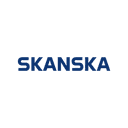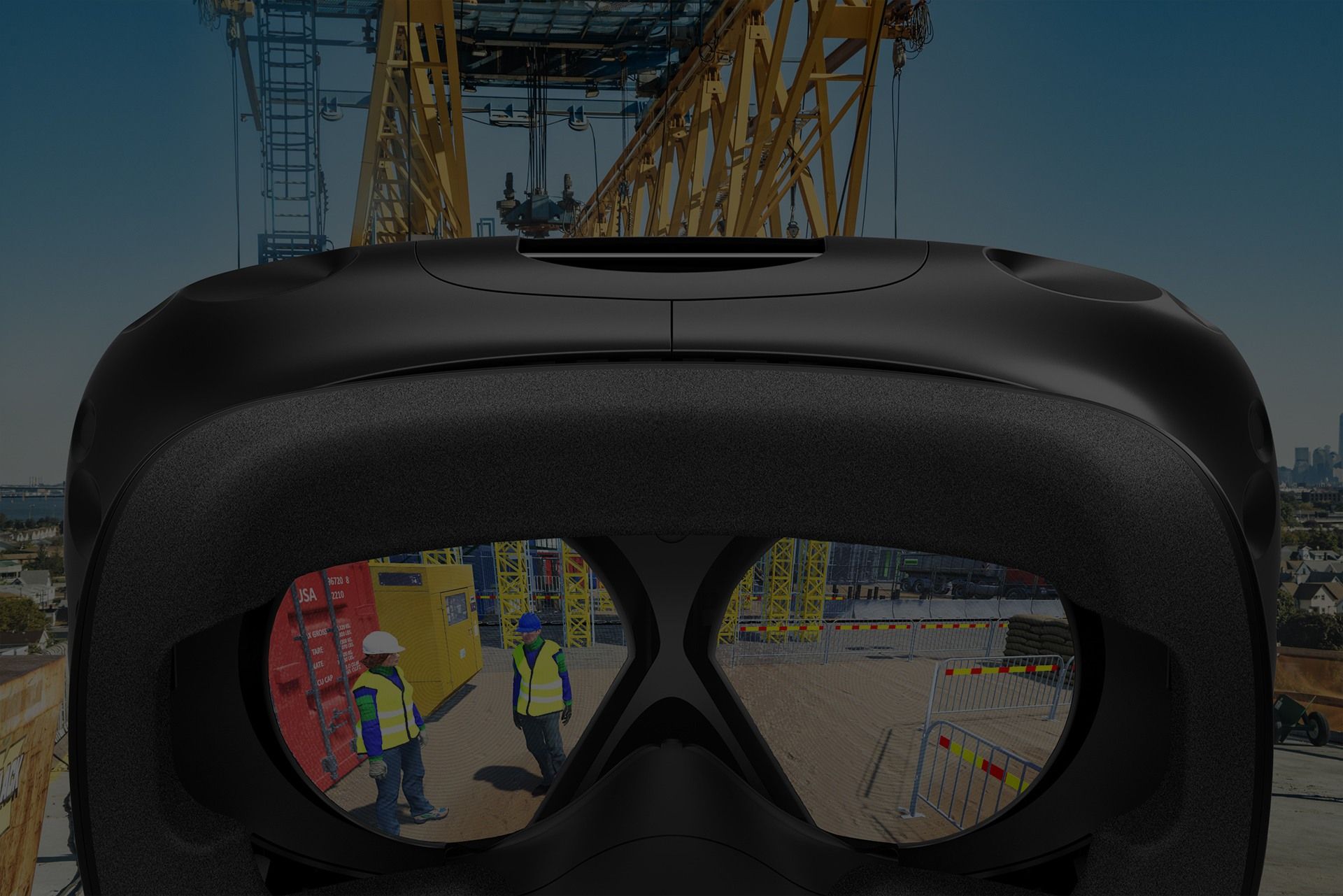
Fewer risks, safer workers with VR
OutHere and Skanska: A Unity for AEC case story
Every day, job sites change. What was safe yesterday may be dangerous today. So how do companies like Skanska help their workers be more aware of unseen risks and avoid danger? Collaborating with creative VR and AR agency OutHere, Skanska implemented a Unity-based VR experience into their standard worker-safety training program for major benefits.
Step into Safety – Virtual Reality Training
Increase worker awareness of safety factors on job sites
VR: HTC Vive
5 (Skanska) and 6 (OutHere)
Gothenburg, Sweden

Immersive VR improves construction site safety
Collaborating with Sweden-based Skanska, the fifth-largest construction company in the world, creative VR and AR agency OutHere developed highly realistic virtual-reality scenarios for Skanska’s employee safety-training program.
OutHere’s mission to create unique immersive experiences comes from their deep experience and passion for creativity and technology, and they challenge themselves every day to find the magic moments where VR and AR can make a real difference in people’s lives. The team’s track record includes award-winning VR projects for global brands such as Volvo Cars, Reebok, Dior, OnePlus and Husqvarna.
The results:
- Increased worker awareness of job hazards
- Fewer accidents by creating safer worksites
- Boost in worker productivity
A creative partner with deep Unity and VR roots
When Skanska was considering a partner to integrate immersive VR safety scenarios into their standard day-long training program, they identified OutHere, a small, highly talented creative studio as a major contender. OutHere’s principals have a substantial background in conceiving and delivering all manner of film, 3D, motion graphics and VR/AR experiences.
OutHere also has a considerable Unity skill set. Peder Sandqvist, Filippos Arvanitakis and Martin Krafft founded the company in 2017 after working together since 2013, creating award-winning VR for global brands, including doing real-time VR projects in Unity. Account director Linda Grådal, who headed up her own film production company prior to joining OutHere, had done many high-end, real-time VR/AR projects in Unity too. Their combined expertise made OutHere a natural choice for the Skanska project.
“Unity is on the bleeding edge of VR/AR, which gives us so many opportunities to realize our vision. It’s really helped us as creators. It’s easy to use, and simple to find new developers when we need them. With Unity we have the ultimate tool to quickly transform our ideas into unique, ‘living and breathing’ virtual worlds that speak directly to the heart,” says Krafft.
VR can reduce real-world accidents and injuries
For this project, Skanska had a very human goal: To reduce accidents and create safer construction sites. While they also employ many traditional methods of accident-awareness training, they decided VR offered a new way to reach their employees.
“We wanted to provide our workers with a new kind of training that could fundamentally change their behavior. Filling out multiple-choice webforms or listening to presentations is a good start but doesn’t reach their emotions – where real behavioral change is possible. VR can do that because you can put participants ‘at risk’ in a simulated environment without endangering their lives. The decision for just VR was the possibility of linking behavioral science with VR technology to achieve lasting behavioral change,” says Skanska’s Tania Sjöberg, Project leader Step into Safety & Leadership Developer.
In 2017, OutHere worked with Skanska to design VR scenarios that would challenge workers, such as putting them in potentially risky situations and forcing them to make the correct decision that would give them a tangible reward: Avoiding a serious virtual accident or injury.
Unity enables rapid VR prototyping
When they got the project go-ahead from Skanska, OutHere organized a workshop with their workers to get them involved in the development of the VR scenarios.
“For effective VR training, you really need the real-world perspective, so who better to learn from than people exposed to risks every day?” says OutHere’s Krafft.
They brought in employees to help with prototyping and to test the work-in-progress for technical accuracy and realism, then iterated on the real-time feedback they got, which Unity made very easy for them.
“Unity’s extremely high-quality visuals are unsurpassed, which is crucial for immersive experiences,” says Krafft. “We love the power of the Unity engine because it lets us develop quickly across all level design, sound placement, and spatial components. We would bring the workers in, incorporate their feedback and produce a new version in no time. Unity helps us deliver to our clients faster.”
Driving safety with storytelling
Because of OutHere’s wide background in film, 3D and other multimedia projects, and their five-year track record producing interactive VR scenarios, the craft of creating convincing, fully interactive virtual worlds is a foundation in everything they do.
“While VR can be all about showcasing amazing visuals, we believe that it’s when you can reach people’s heart and soul that we can unlock the true power of VR,” says Arvanitakis. “In this project we were ‘laser-focused’ on reaching the workers emotionally. In order to achieve behavioral change, we try to use VR to tap into the way that exposure to various dangerous situations can have a lasting effect.”
“That’s where the new art of interactive VR is an extremely powerful tool. It’s not traditional, linear storytelling. It’s a new way to communicate, more like ‘living the story.’ We start by immersing them in a believable, user-centric environment they recognize, then we expose them to risks that trigger their emotions,” says Grådal.
And the virtual decisions that workers make during their VR training will have lasting real-world benefits such as fewer workplace accidents and injuries.
“If we experience things in 3D it leaves a stronger impression when it comes to learning important lessons about safety. It’s the best method we have as of right now to expose someone to a risk situation without putting them in danger,” concludes Max Allström, Production Manager at Skanska.
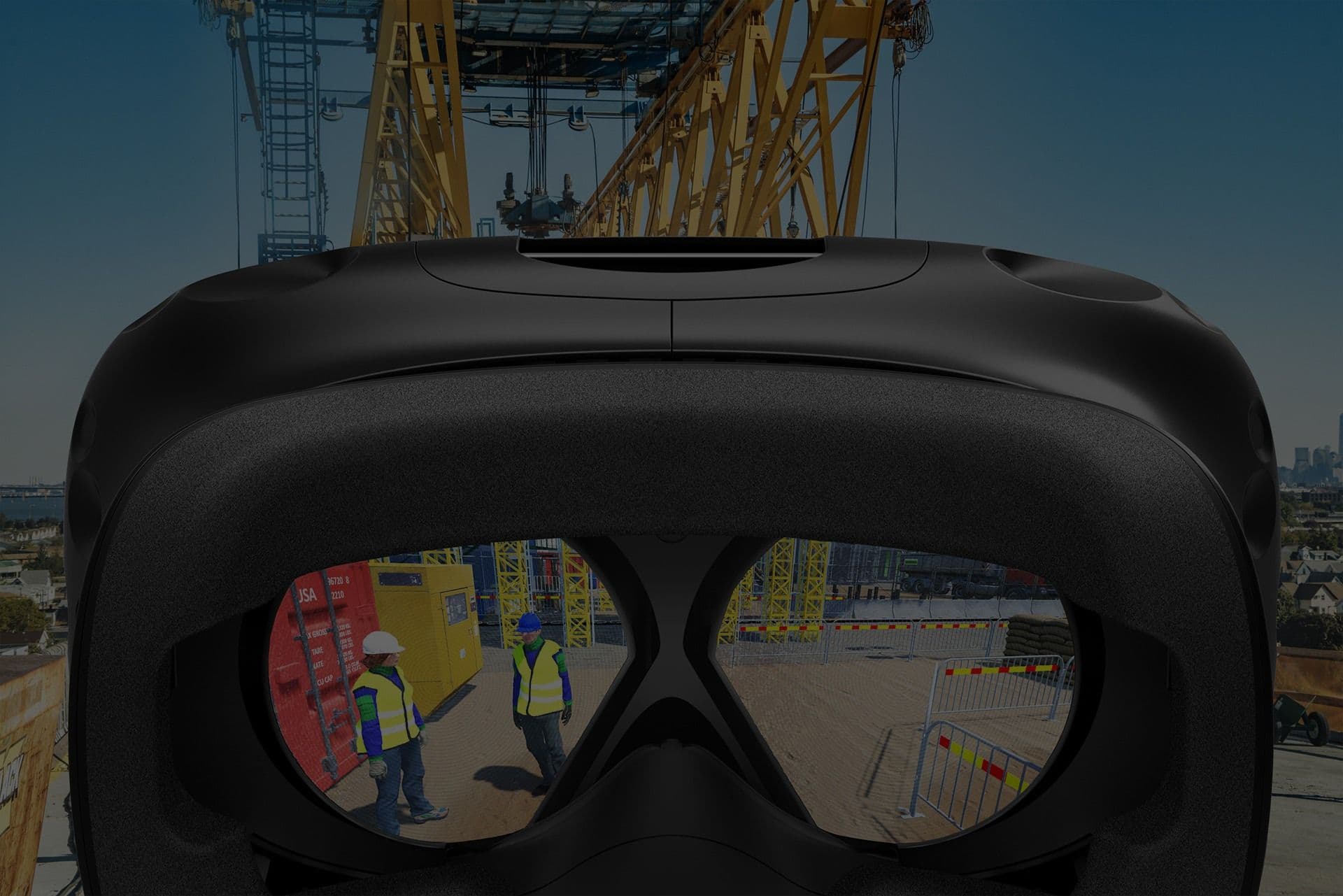
Related AEC case studies
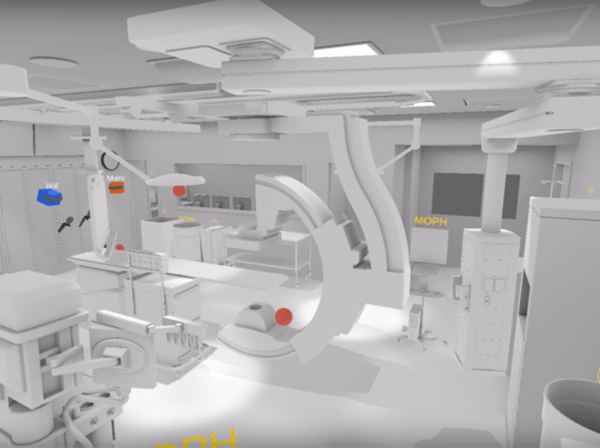
Mortenson: Medical case study
Mortenson, one of the largest construction companies in the U.S., provided their clients with perfectly simulated new hospital and operating-room designs in interactive 3D spaces. Learn how they streamlined patient care, more efficient staff, and lower costs.
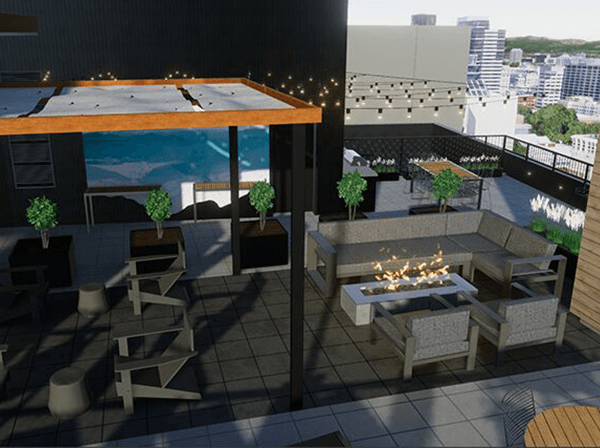
Mortenson: Hotel / University cases
Mortenson, one of the largest construction companies in the U.S., provided their customers with the ability to build, iterate, and review designs in interactive 3D spaces. Learn how they empowered teams and saved them significant costs.

